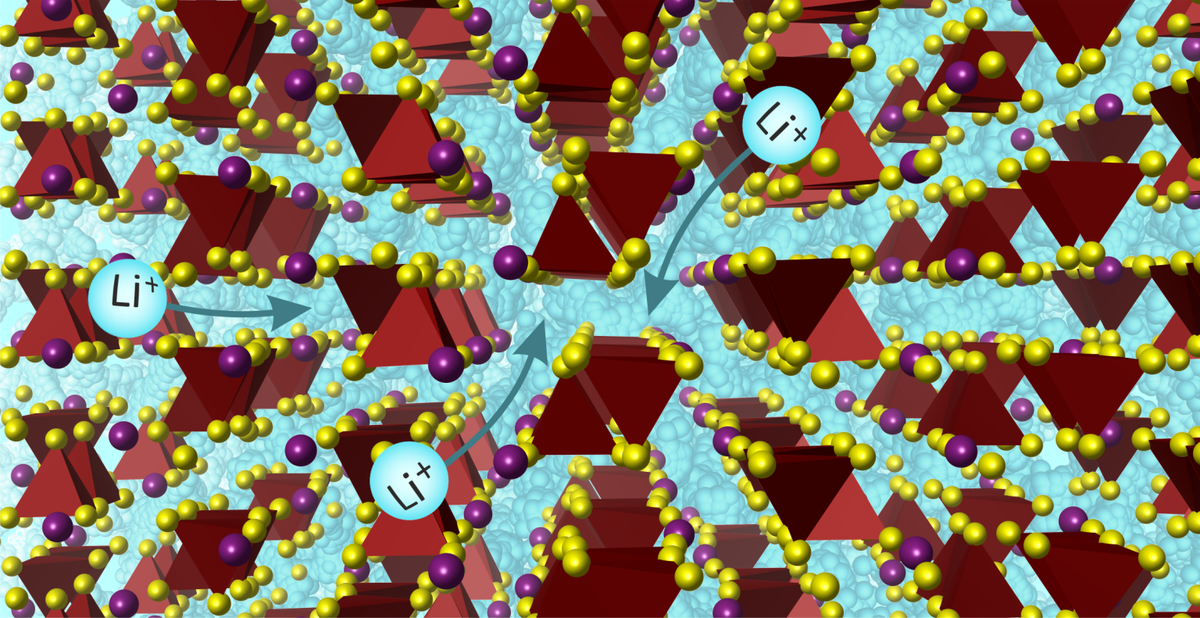Breakthrough in Battery Technology: University of Liverpool Unveils Novel Lithium-Ion Conductor

In a significant advancement for battery science, researchers at the University of Liverpool have developed a groundbreaking solid material that demonstrates rapid lithium-ion conductivity, potentially revolutionizing battery technology for electric vehicles and electronic devices. Published in Science, this discovery marks a pivotal step toward enhancing the safety and energy capacity of lithium-ion batteries by replacing traditional liquid electrolytes with a solid alternative composed of non-toxic, earth-abundant elements.
The Discovery Process: AI and Collaborative Research
Leveraging an innovative blend of artificial intelligence, computational predictions, and experimental chemistry, the interdisciplinary team synthesized this new material, revealing its unique atomic structure conducive to lithium ion movement. This collaborative approach underscores the transformative potential of combining AI with expert human insight in materials science.
A New Era of Solid-State Electrolytes
The identified material operates through a novel mechanism based on its distinctive structure, offering a fresh perspective on designing high-performance solid-state electrolytes. Professor Matt Rosseinsky, a leading figure in the study, emphasizes that the material's complex ionic environments challenge and expand the current understanding of solid electrolytes, opening new avenues for the development of advanced materials.
Impact and Future Directions
This research not only introduces a safer and more efficient alternative for current battery technologies but also sets a precedent for the role of AI in discovering unique materials with significant real-world applications. The team's work suggests a promising future for further innovations in the field, aiming at the global pursuit of Net Zero through smarter, more sustainable energy storage solutions.
The collaborative effort involved multiple departments and research centers at the University of Liverpool, highlighting the importance of interdisciplinary work in addressing complex scientific challenges. With this discovery, the path is now open for further optimization and exploration of new materials that could lead to even more efficient and environmentally friendly battery technologies.
Reference: “Superionic lithium transport via multiple coordination environments defined by two-anion packing” by Guopeng Han, Andrij Vasylenko, Luke M. Daniels, Chris M. Collins, Lucia Corti, Ruiyong Chen, Hongjun Niu, Troy D. Manning, Dmytro Antypov, Matthew S. Dyer, Jungwoo Lim, Marco Zanella, Manel Sonni, Mounib Bahri, Hongil Jo, Yun Dang, Craig M. Robertson, Frédéric Blanc, Laurence J. Hardwick, Nigel D. Browning, John B. Claridge and Matthew J. Rosseinsky, 15 February 2024, Science.
DOI: 10.1126/science.adh5115
